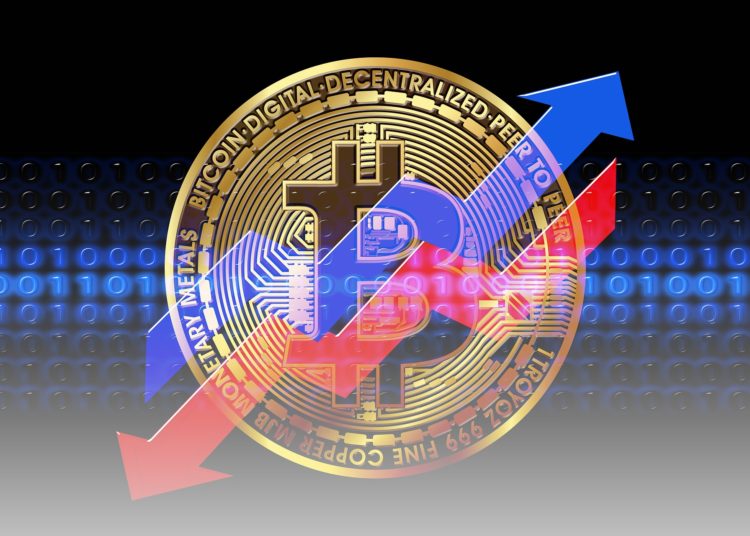- Crypto markets and traditional stock markets and equities are moving in sync more than in previous years, IMF research has shown.
- The study warns of the financial risks this could impose, especially on countries with high adoption of digital assets.
The crypto market has received greater adoption in recent years, with its global market value rising from $620 billion in 2017 to $3 trillion in Nov. 2021. Currently, this value is at $2 trillion following multi-week price correction, but this still represents a four-fold growth since 2017.
However, new research by the International Monetary Fund (IMF), shows an increased correlation between crypto-assets and the traditional financial market. The report notes that this “limits their perceived risk diversification benefits and raises the risk of contagion across financial markets.”
Pre-pandemic, cryptocurrencies had little interconnectedness with major stock indices. The same was reported in mid-November last year. This proved their case as risk mitigators and as a hedge against price swings in other asset classes.
This situation, however, took a 180-degree turn following the central bank’s crisis responses of 2020. Financial conditions became more favorable and investor appetite rose. Resultantly, both crypto prices and US stocks surged in value. The report gives an example of Bitcoin and the S&P 500 stock index. The correlation between the two was almost zero in 2017-2019 and rose 36x in 2020-2021. This lockstep movement is also shown between crypto assets and equities in emerging market economies. For instance, returns on Bitcoin and those for the MSCI emerging markets were 0.34 in 2020-2021 – a 17-fold rise from earlier years.
Crypto markets and traditional stocks lock movements
Additionally, the study highlights that the crypto-stocks correlation is more than the correlation of the stocks-other asset. In the latter category are assets like gold, investment-grade bonds, and major currencies. According to the researchers, this points to “limited risk diversification benefits in contrast to what was initially perceived.”
More so, it increases the chances of spillovers in investor sentiment between different asset classes. Financial spillovers occur when the fluctuations in the price of one asset trigger the same in another asset. Per the research, spillovers between Bitcoin and stock markets, such as the S&P 500, have increased significantly in 2020-2021, in comparison to 2017-2019. Researchers have noted a similar behavior with stablecoins, though to a smaller magnitude than Bitcoin’s. Spillovers, the study notes, often occur during financial market volatility like in March 2020, or when Bitcoin is highly turbulent, such as in early 2021. This co-movement “permits the transmission of shocks that can destabilize financial markets… especially in countries with widespread crypto adoption.”
Study recommendations
The research concludes with the following recommendation:
It is thus time to adopt a comprehensive, coordinated global regulatory framework to guide national regulation and supervision and mitigate the financial stability risks stemming from the crypto ecosystem.
The framework, it notes, should cover mainstream crypto uses and regulated financial institutions dealing in crypto. Furthermore, the industry’s anonymity should be lifted and data gaps “swiftly filled”. Other than increasing oversight and understanding of the crypto industry, this will help mitigate risks associated with its rapid growth.
Credit: Source link












































